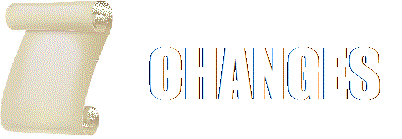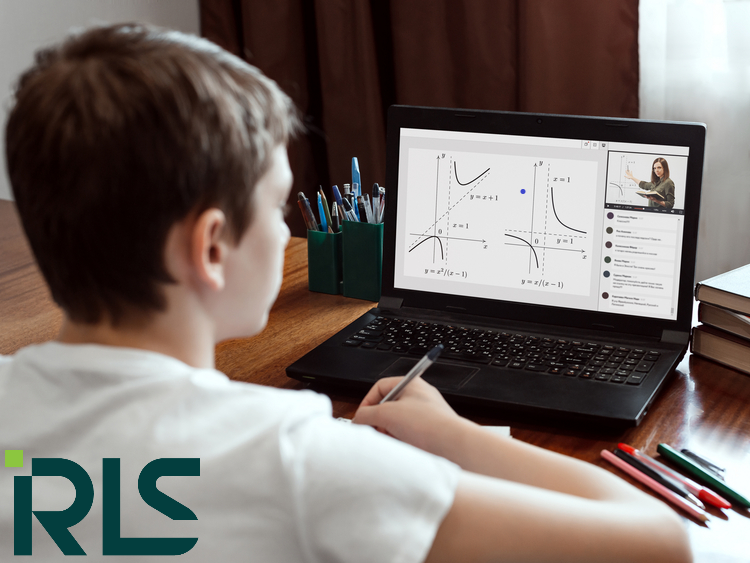(Credit for this guide goes to Vasily Krysov from the official forums)
This impression of AA being useless comes from being utterly incompetent at managing your air defense. So many times before the patch (and after) I would see people continually shoving units into the grinder without giving them proper air cover, only to get bombed again and again. I would see groups of bad ECM planes flying over them like harpies, not being opposed in the slightest because one or two units got bombed and welp, there goes the local ADN (Air Defense Network)
First I will lay out the reasons many fall into such bad traps.
1- Thinking with units and not systems. They look at the unit cards of the BUK-M1 and think that since it has the best stats of all, they should just grab a card or two of them and call it a day.
2- Following from the first, not actually buying enough of them.
3- This focus on only a certain kind of unit inherently makes it impossible to create a layered air defense network. (Remember, think systems and not units!)
4- Outrunning their air defense umbrella.
Now, how does one avoid this? You absolutely must have air defense as your 2nd highest priority, after being able to at least defend on the ground what you have. When making a deck, the first things you should choose after your logistics is your AA units. With the kind of punishment that air can drop on your head at a moment's notice, you will regret not having enough as soon as the enemy sees you have very little of it.
So what are the components of a good ADN?
First is SHort Ranged Air Defense (SHORAD). This type of unit will usually consist of cheap, plentiful SPAAGs and IR guided missiles. They should be just behind your leading edge providing on the point cover to your front line. SHORAD should always be spread out and never be concentrated in one place. I personally favor SPAAGs such as the Shilka in this role as their high accuracy, good range and excellent firepower will always be good. MANPADS have been nerfed it's true, but the cheaper systems in trucks should still be a part of your deck as they can be used cheaply to expand the threat area of your network and at the very least make for an acceptable unit to use in high risk operations, like securing a bridgehead or the like. Also good for securing the flanks from sneaky special forces helicopter insertions.
The next level above this is the SAM backbone which will consist of systems such as the OSA. They are primarily to have long range and fast firing missiles. In your network this category will be your real killers as their massed and fast fire will be what really inflicts the most damage to targets that fly overhead. For example, we will take the OSA-AK: It will fire 18 missiles per minute and that is important when you consider that a target flying overhead will usually only be in the danger zone for a few seconds. It is much better to fire two missiles than just one as this raises your chances of a successful hit, especially against high ECM targets. Against low ECM targets that can attack you en masse, you will be able to clear them out much faster.
The last part in the ground portion of your air defense is the Area Denial umbrella provided by SAMs such as the BUK-M1 or the I-HAWK. These units do not exist to be the backbone of your ADN but to make it so that your enemy cannot loiter near your lines with impunity. It also means that when an air attack is sent in, it has to go in hard or go home, no middle ground as if it tries to run out half way in, it will just give you more chances to hit them. The other role is the chance to stun an incoming bogey, which will then coast harmlessly over the rest of your network and get slaughtered by the other components.
The final layer of icing atop this very tasty cake is the Close Air Patrol or CAP. Your CAP is the hat on your head you should never leave home without. They are a flexible and valuable part of your air defense because they are not constrained by position and will give you much better intelligence of enemy air movements due to their radars. Good ones will intercept incoming bombers before they have any chance of releasing their payloads and it is a very ballsy (or stupid) enemy that will send their bombers in despite their presence. They are also good for chasing down targets that get stunned but fly out of your engagement zones and can also be used to rescue an idiot team-mate whose ADN has failed.
Now that we have talked about the components of your system. I will detail how they should be organized, which is almost just as important. You should never have any unit in more than a group of two unless you are keeping them grouped for movement purposes at the start. Backbone and AD SAMs should be spread out as single units to reduce the damage of SEAD attacks and to make it more difficult to suppress your ADN with artillery fire. Ideally, every part should be in mutual support of the rest as this increases firepower and resilience.
Those two words are very important ideas to hold in mind when organizing your ADN. You want the main body of your forces to be in the area of maximum protection, but your air defense needs to be spread out enough so that it is resilient to SEAD.
Now what is firepower exactly? It is your ability to demoralize, damage, stun and kill bogeys. Demoralizing will at least make the target less effective on their attack run. A stun early enough will cause them to not drop their bombs at all and/or not able to evac. Damaged aircraft take much longer to return to the field, giving you more breathing space to push your goals in the battle. A killed jet is obviously not going to bother you anymore!
Keeping all your ADN assets at a few points in the one area is only inviting disaster. A network is better than a few easily killed or suppressed strong points. An incoming jet that gets stunned from front-line AA fire that then coasts into the overlapping defenses of your network is a dead jet.
Another important concept is the “umbrella” that the ADN will project over your forces. Quite often that fact that you enemy knows that such a umbrella exists they will be discouraged from attacking you with air at all. Maintaining these “no fly zones” is important. If you want to go hunting for air assets, you're better off using your fighters for this task.
Now, the matter of SEAD,if you network is strong, you should be able to keep this threat off your back no problem, but if it is too weak, you will slowly be whittled down. So always be sure to escalate your threat level to be one “level” above your enemy's. If you do this well, every air assault he launches will just become a points pinyata for you and a miserable failure for him. Also, by having all 4 layers as advised here, the SEAD will at best pick off a few SHORAD units before getting taken out, with the trade off being very much in your favor.






